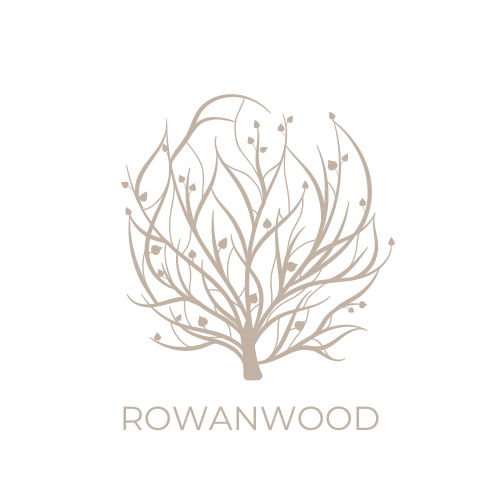
What is the significance of Rowanwood?
The Rowan Tree encourages us to keep moving in the direction of our soul’s calling. This calling will eventually lead us back to ourselves as one. This calling begins as we subconsciously separate our self from our soul at an early age in order to create our own unique identity. Along the way we eventually long to feel whole and begin searching for our other half. This reunion of the self and soul becomes a conscious journey that requires us to make peace with our shadows as sources of wisdom, compassion and strength.
The Rowan encourages us to listen to the call in our heart even if it involves making a difficult decision. This could mean leaving and starting over. Remember, endings create new beginnings.
The Rowan tree has a long, sacred history. Since ancient times people have been planting a Rowan beside their home and in Celtic mythology it’s known as the Tree of Life and symbolises courage, wisdom and protection.
The Rowan tree is one of the most sacred in Scotland and the tradition does not allow cutting the tree or use of its timber for anything other than sacred purposes. The Druids were known to use Rowan in funeral pyres and the Seers used the wood in most likely a form of incense for divination and invocation of spirits.
The Rowan crosses were hung to prevent enchantment of the occupants of their homes and barns. The Rowan twig bundles were carried in a pocket away from home to prevent enchantment or a spells. Rowan is said to be useful in divining for precious metals. Rowan can be used to increase one’s psychic powers and to enhance powers of healing and success.
The Rowan tree’s bright berries were symbolically associated with these drops of blood. Red is believed to be the most protective colour and is linked to the forces of creation and life. The power of the sacred Rowan tree is further enhanced by the pentagram, an ancient protective symbol, embedded in the bottom of every Rowan berry.
Rowan trees were planted in front of walkways to mark the place where one enters and leaves at the same time. This reminds us that as one door closes another immediately opens.
Rowan trees have the ability to live in difficult mountainous environments, which led to them to being called “The Lady of the Mountains” or more commonly Mountain Ash. Even though rowans are not related to ash trees, both were sacred to the Celtic Druids who saw them as portals between death and rebirth.
Rowan signifies a time of heeding our calling and starting a new journey. It may be the completion of one cycle and the beginning of another. In Norse mythology, Thor saved himself from drowning by grabbing the branch of a rowan, thus giving himself another chance at life.
In the time of Plato, (Greek philosopher circa 428-348 BCE) the Rowan “sorb apple” or fruit of the sorb tree was pickled and eaten in halves. In Plato’s Symposium, the sorb apple was a metaphor for cutting the original spherical nature of humans, as both male and female, in half. This separation created the longing to find our other “half”, as if that part of our soul had left us.
The European rowan, Sorbis aucuparia, known as the “traveler’s tree,” was believed to help people if they were lost on their journey. The hard, dense wood of a rowan was used to carve walking sticks that supported those who followed their souls calling.
There are many and varied uses and beliefs about and regarding the Rowans’, many not listed here. In keeping with the 3 R’s of Rowanwood, take what serves you, and respect what doesn’t. We all all in this life together!

